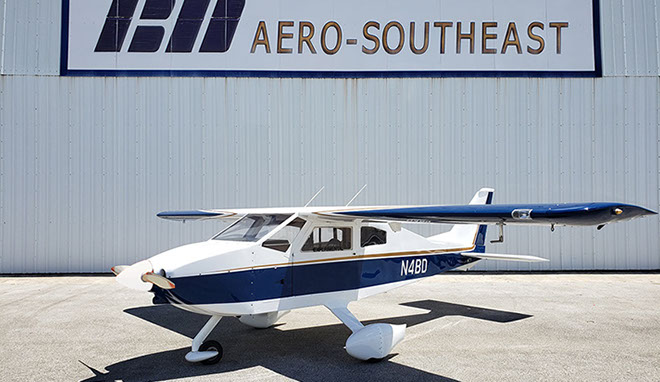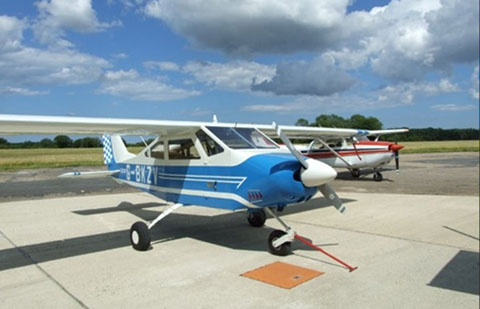Based on previous work with innovative light aircraft, the BD-1 (eventually developed into the American Aviation AA-1 Yankee) and the BD-2, Jim Bede designed the BD-4, the first real “kitplane” in the world. The design was based on a high-wing cantilever monoplane of conventional design, able to be fitted either with tail wheel or tricycle undercarriage, as the builder chooses.

The builder was also able to choose between building a two-seat or four-seat version. Bede wrote a 165-page BD-4 builder’s book, “Build Your Own Airplane”, that gives the amateur builder a good perspective on construction techniques. The intention was to have people with little or no fabrication experience start with a set of comprehensive plans and work up to a “bolt together” operation, using complex components provided from the factory. In order to simplify construction, there were few curved surfaces and most of the fuselage was made up of flat aluminum sheeting. The only major components with compound curves were the engine cowling and landing gear spats which were made of fiberglass. The fuselage is constructed of aluminum angle braces bolted together to form a truss frame. An innovative wing structure employed a “panel-rib” constructed in sections consisting of a rib whose upper edge was “extended” horizontally to become one section of the wing surface. The wing was progressively built up by sliding these sections together over the tubular spar and fastening them together where they met. Although the original wing design was easy to build, current BD-4B features a redesigned, more conventional, metal wing with a tubular spar bonded to honeycomb ribs.
